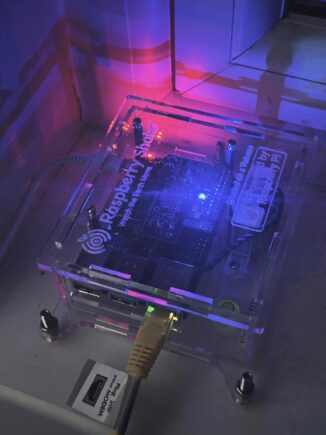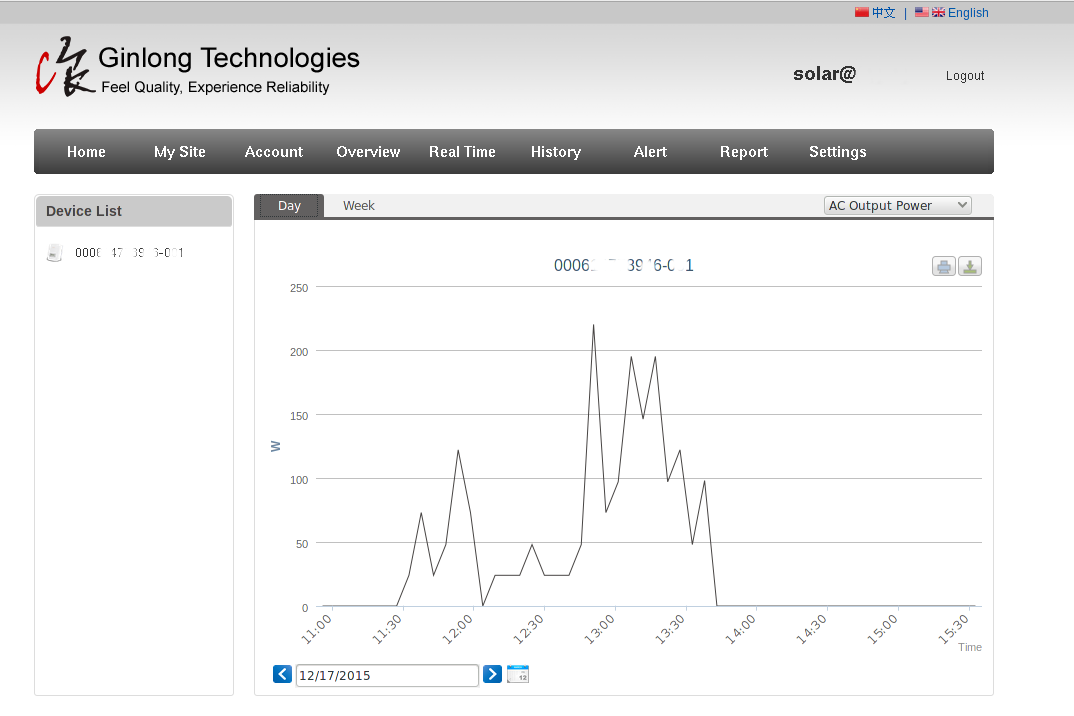I’ve had my eye on the Raspberry Shake seismometer for a couple of years now. Last week, I finally succumbed and bought both a new Raspberry Pi (just a 4B 2GB RAM – cheap yet more than adequate) and a Shake 1-D.
The 1-D is a simple seismometer, responding only in the up/down direction. Other products are available…
Mine arrived as a kit, that even I was able to stick together in under half an hour (thanks to a youtube video showing what most of the screws and things were for).
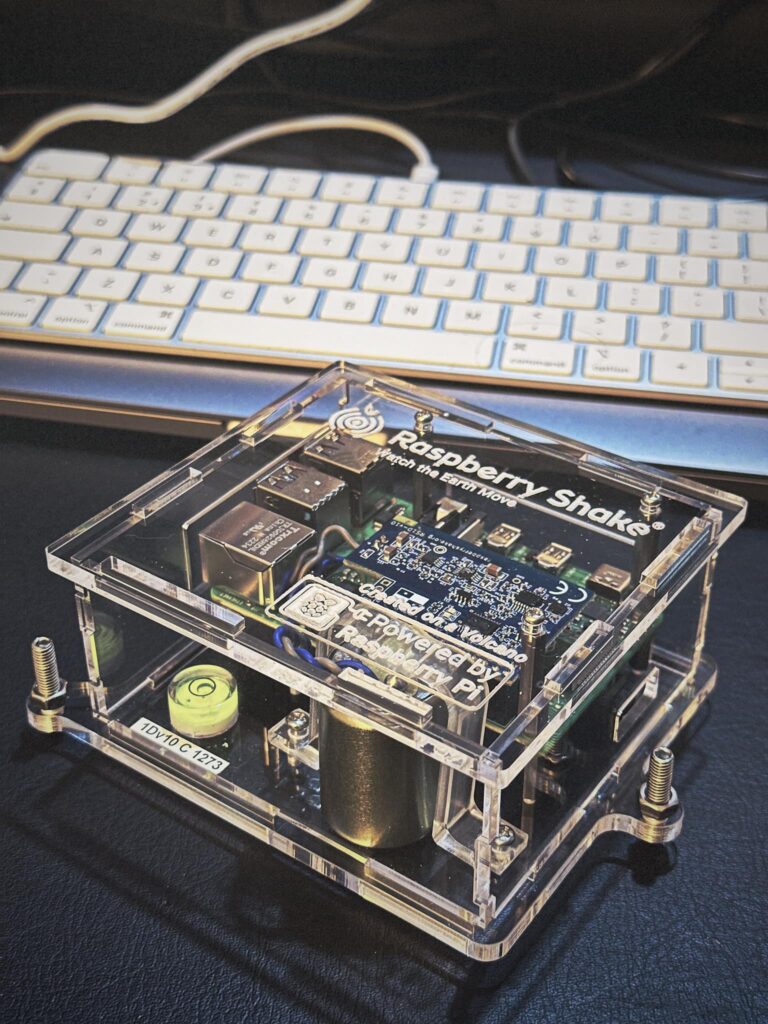
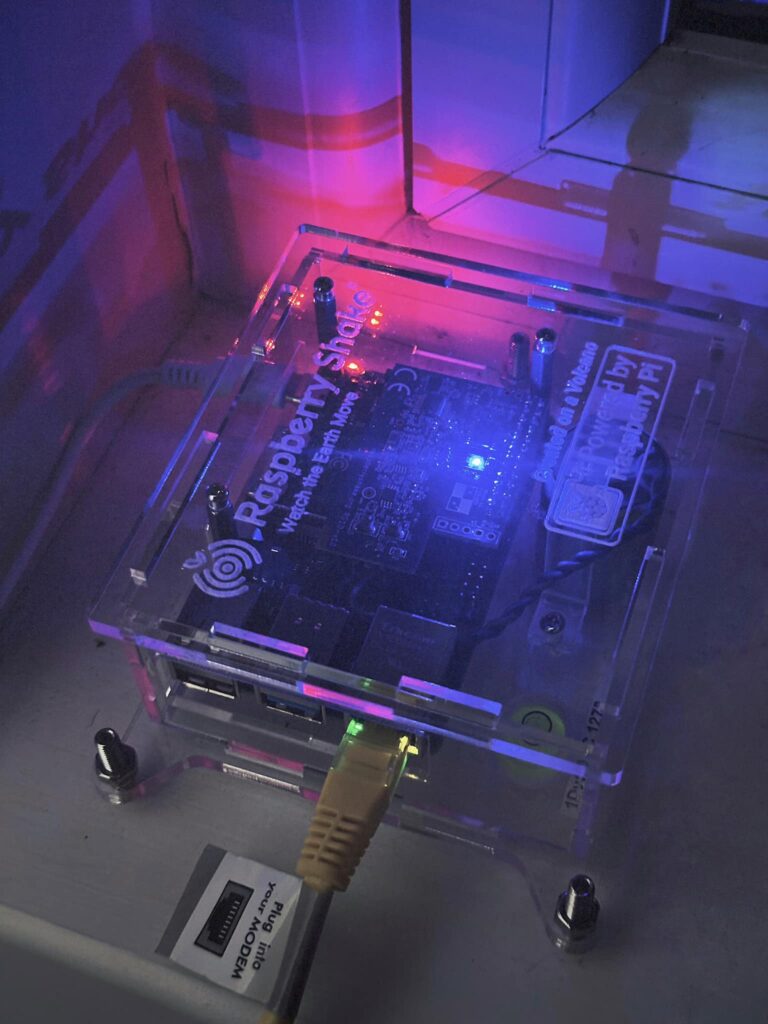
I installed and levelled it on the downstairs windowsill and plugged it directly into the main ADSL router – when you’re uploading a hundred samples per second, minimizing latency is essential.
Obviously, being based in mainland Scotland, I don’t expect to see that many significant earthquakes. We get a handful of ~magnitude 2.5 around the country every couple of years if we’re lucky. However, recently YouTube has sent me down a rabbit-hole of geological analyses of goings-on in Iceland’s Reykjanes peninsula – the recent sequence of volcanic eruptions alternating with tiny earthquakes as the magma chamber refills.
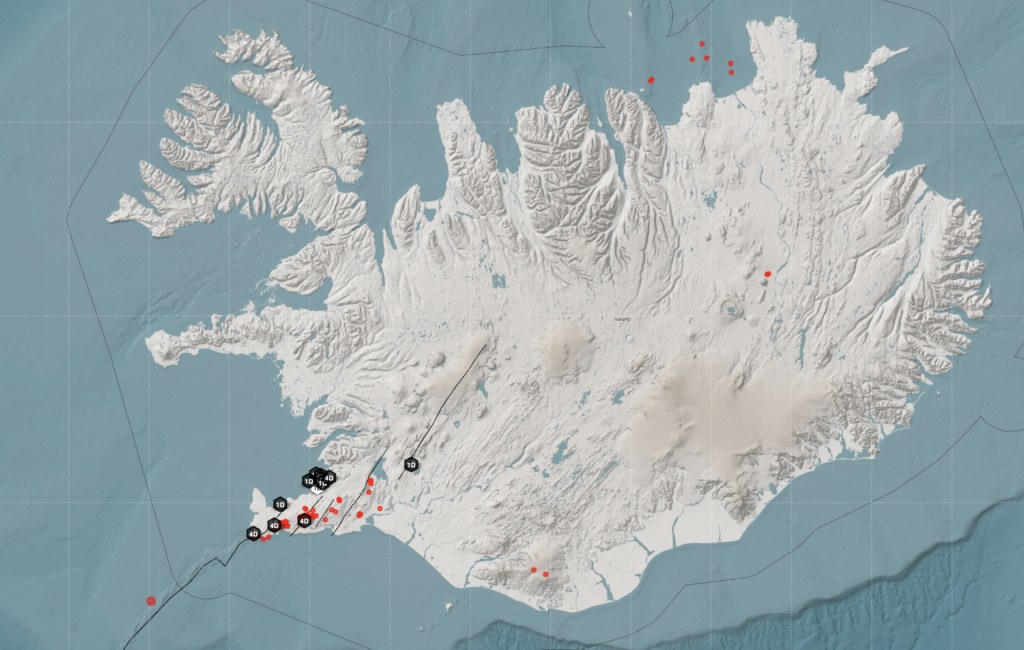
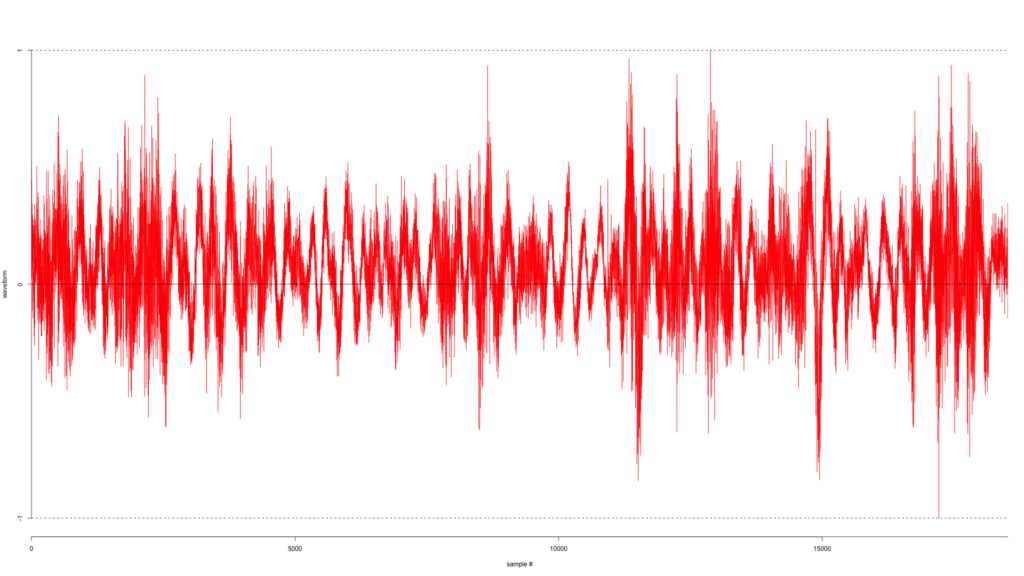
The very first night, I spotted a magnitude 3.6 quake in Iceland.
Since then, the live data stream has sadly been unavailable for about 5 days, but when it works, the ability to select a quake event and then click on a station and see the station’s raw data really rocks.
There was another magnitude 3.7 earthquake along the Mid-Atlantic Ridge offshore a few miles south-west of Grindavik yesterday. The live-data view is currently working in the mobile app, leading to this analysis – showing the P and S waves propagating from the event.
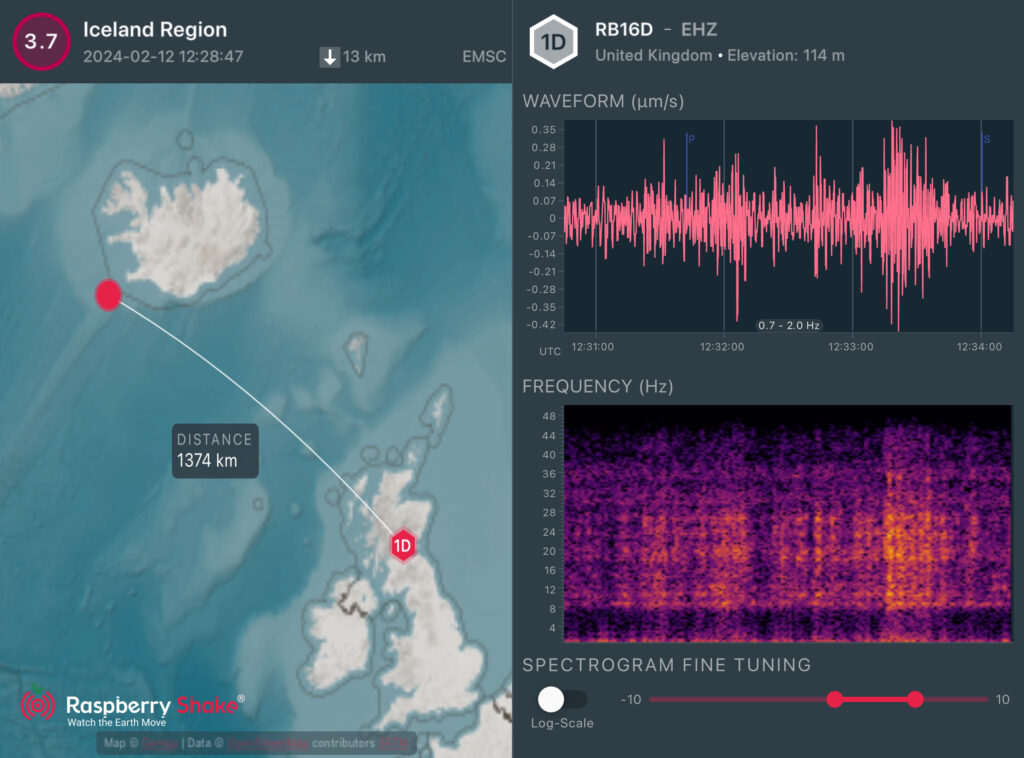
As monitoring equipment goes, I’m impressed. It’s a wonderful device, very sensitive yet easy to set up and works well. I’ll continue to watch for all quakes nearby and larger ones further afield, if only to be able to say “I saw it” 🙂
